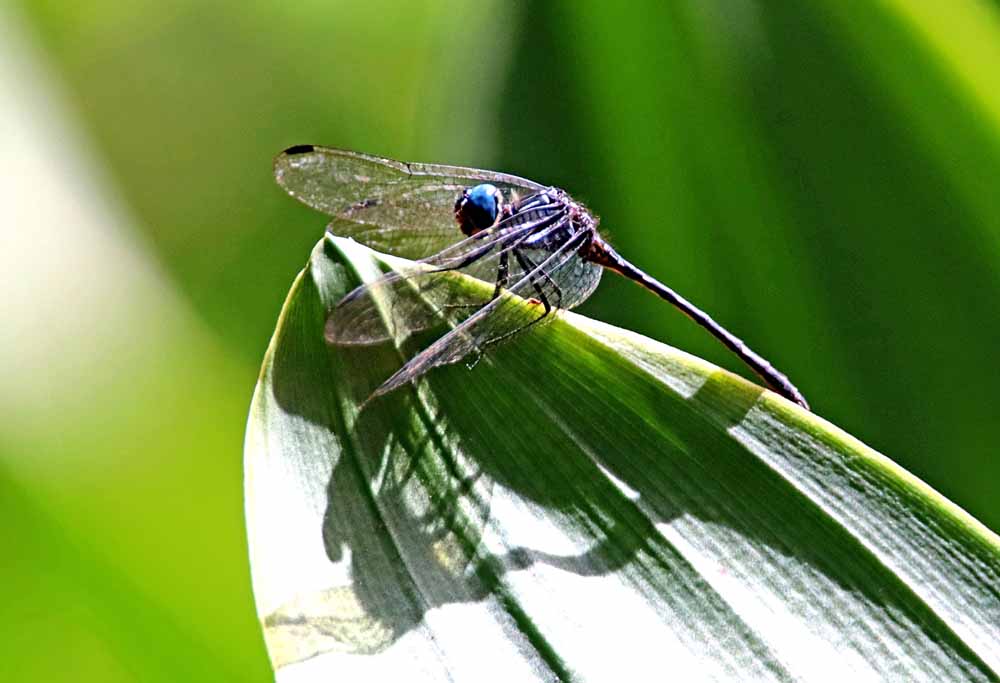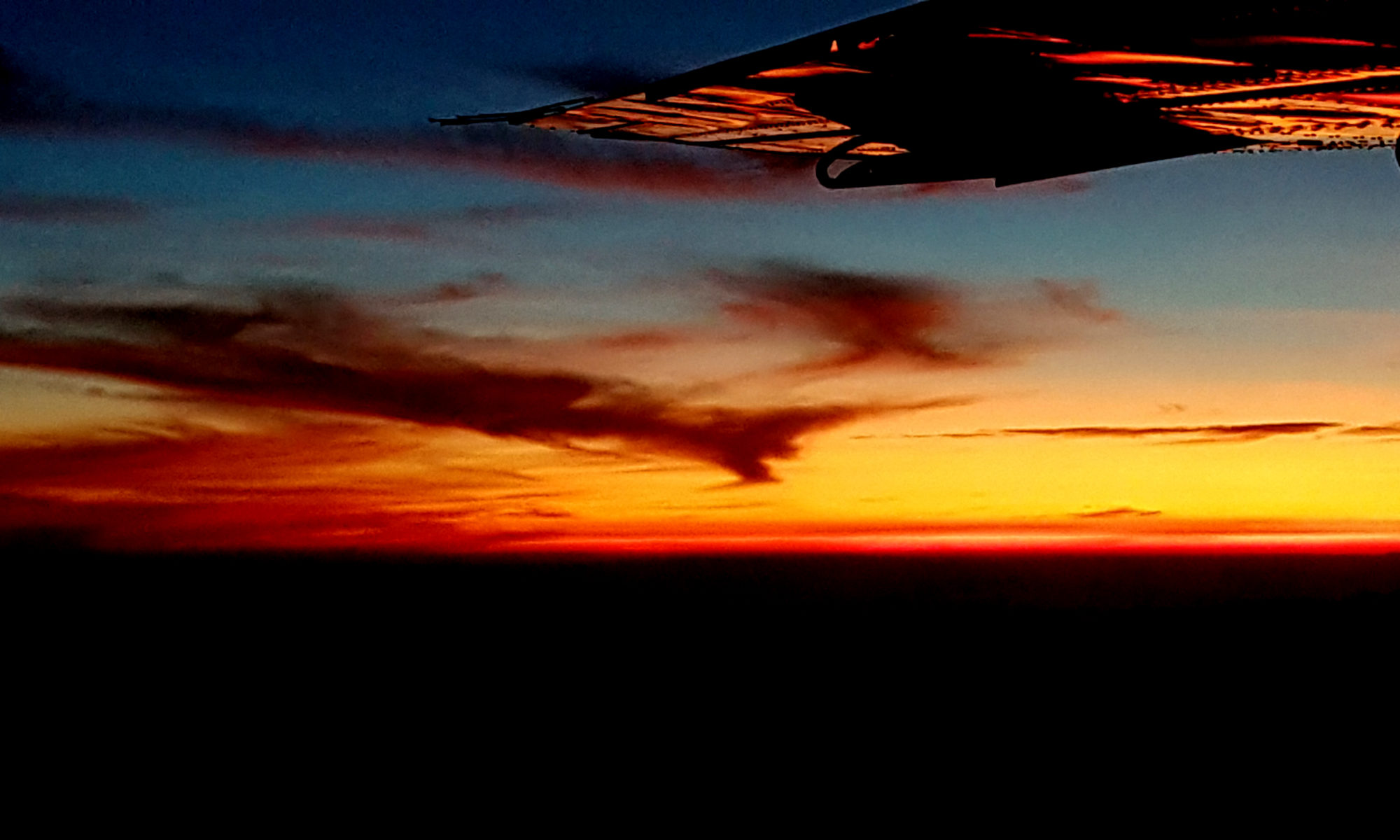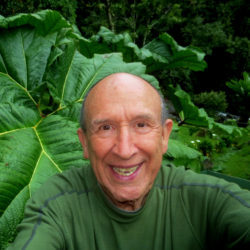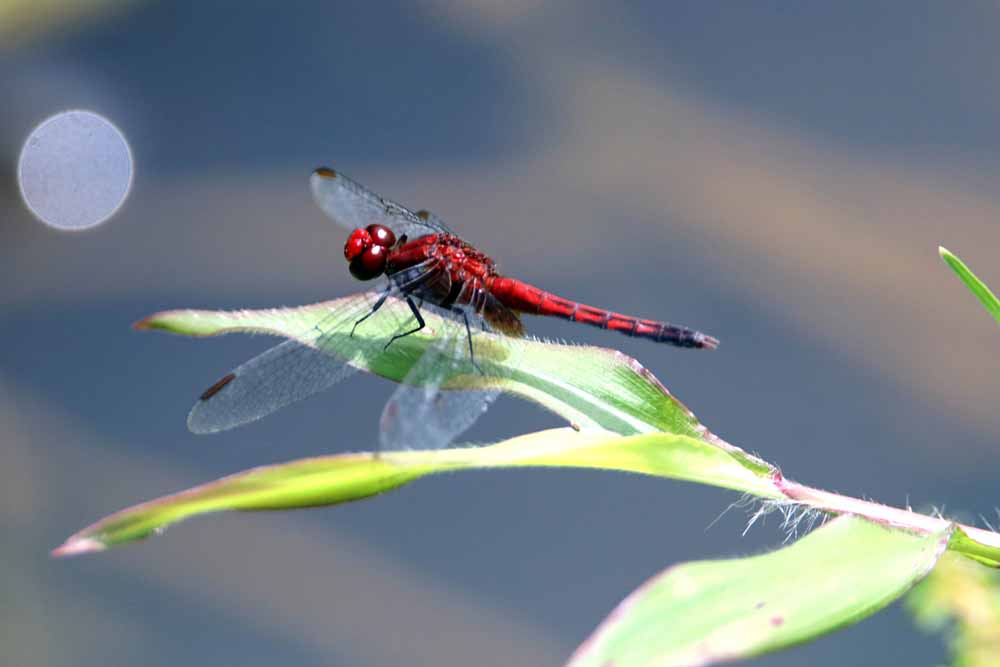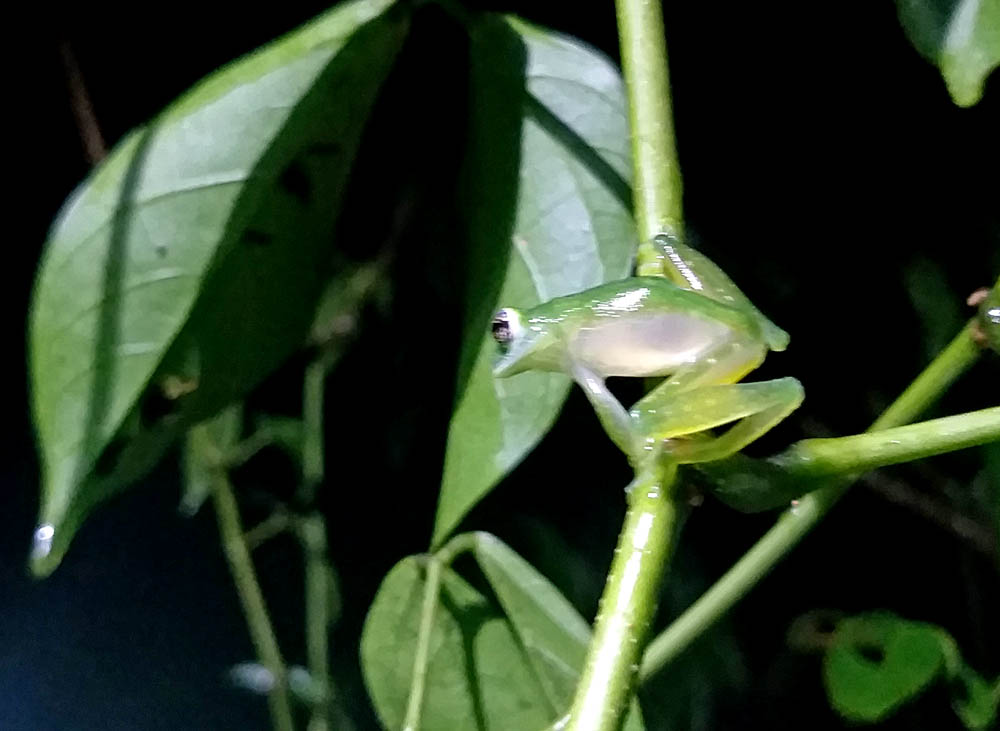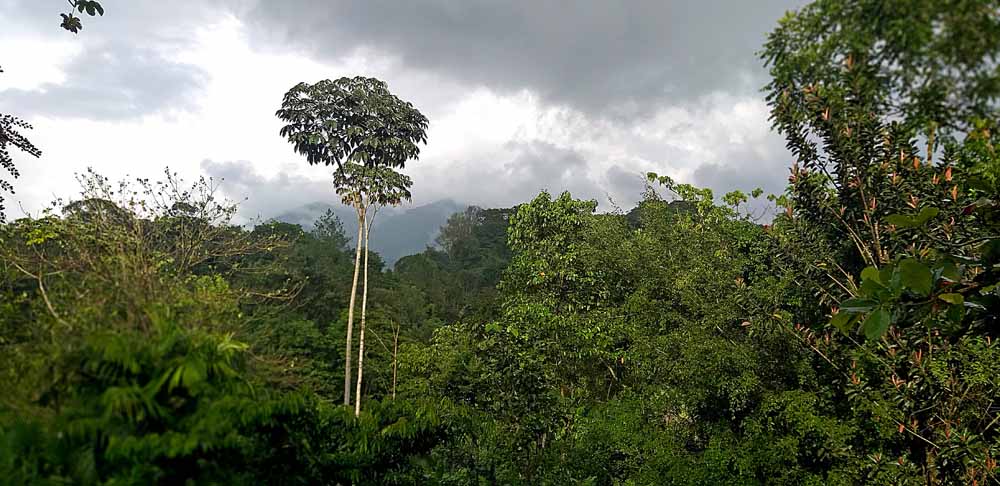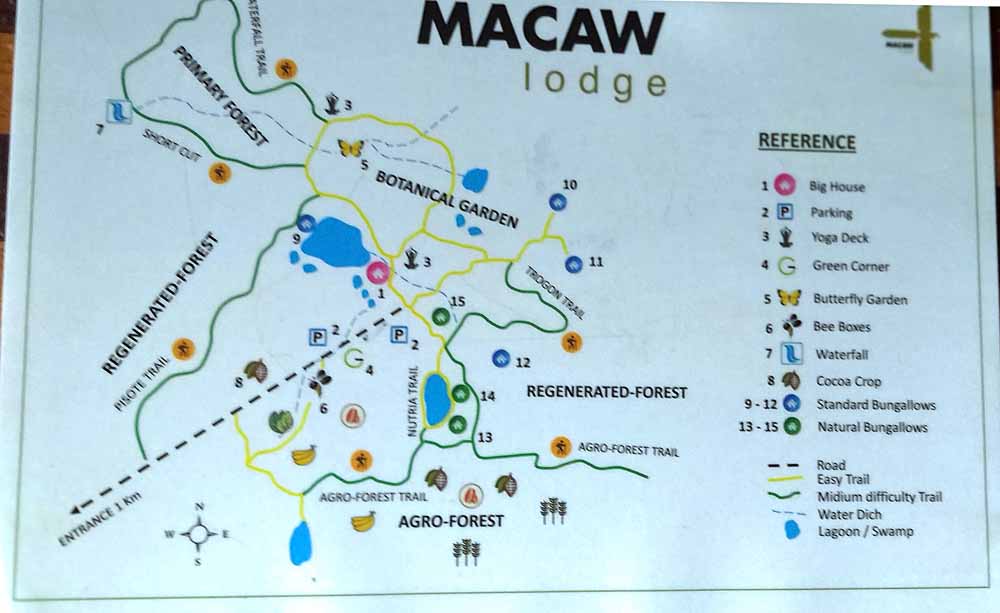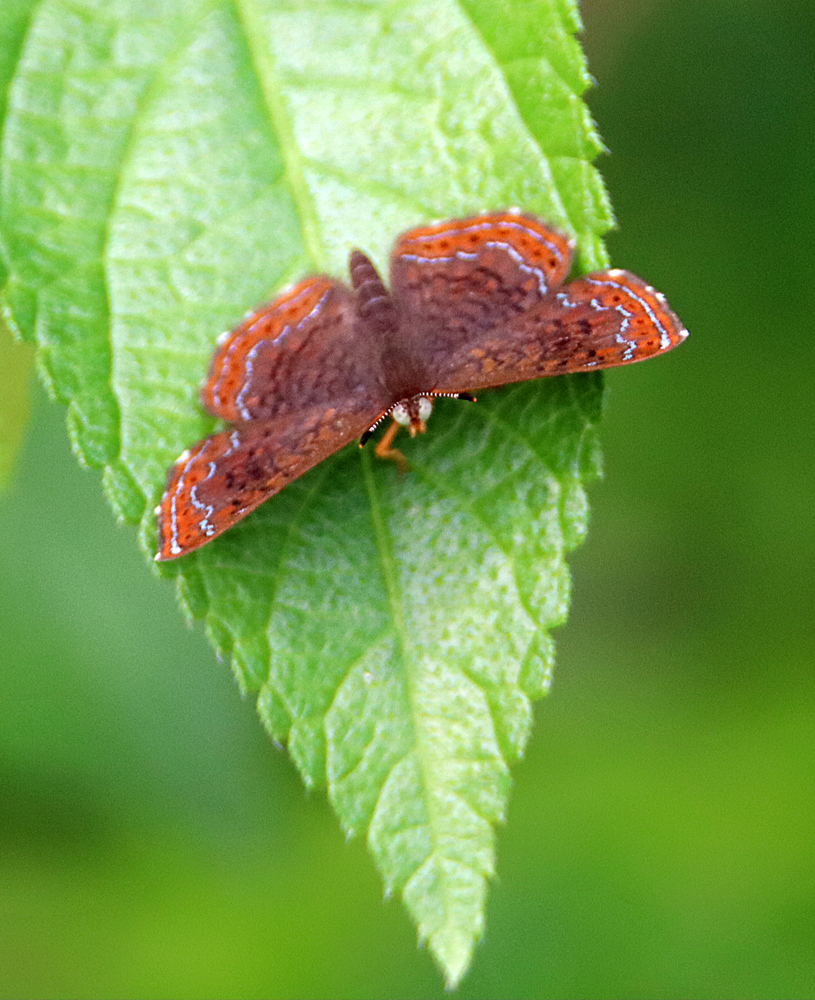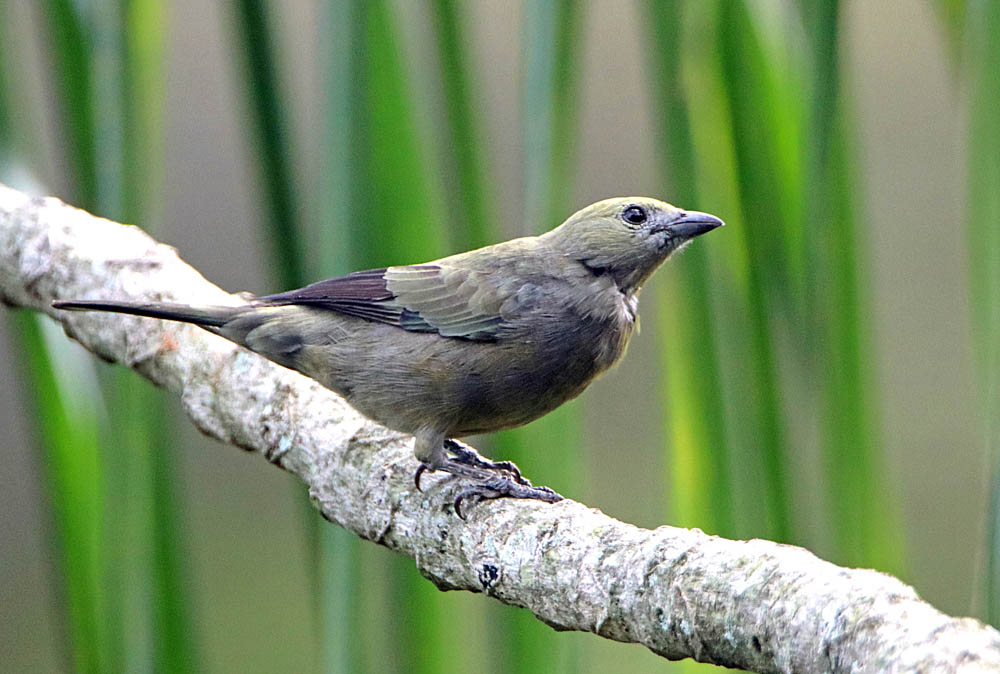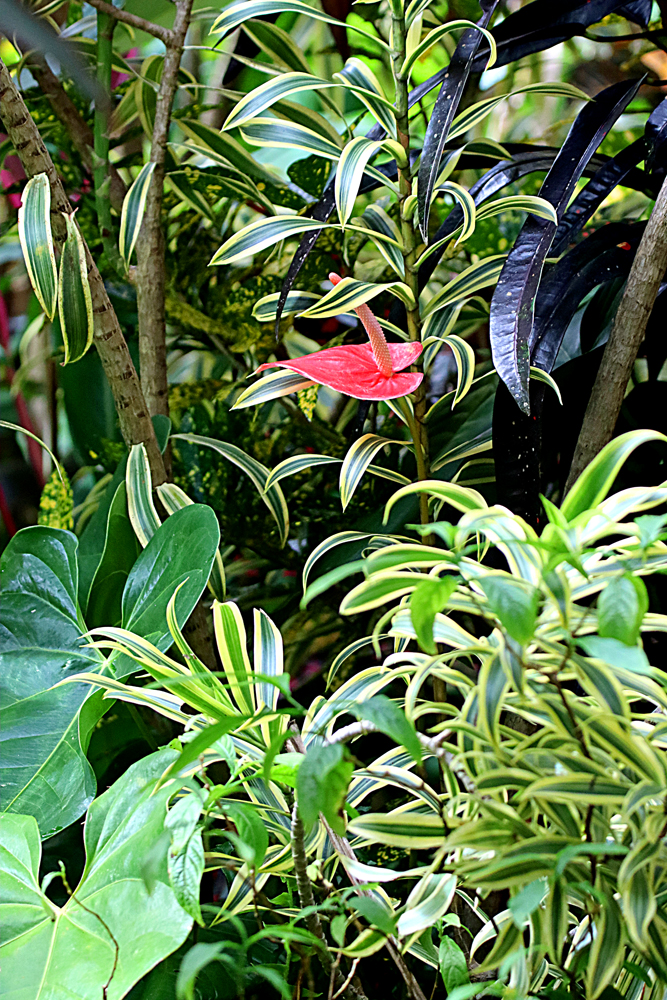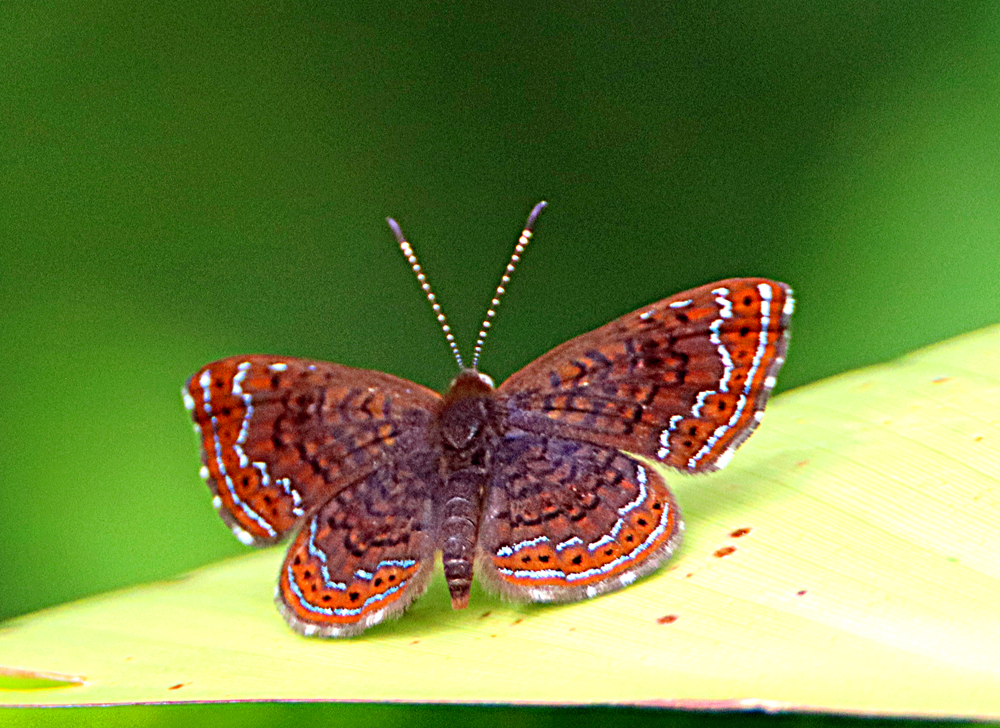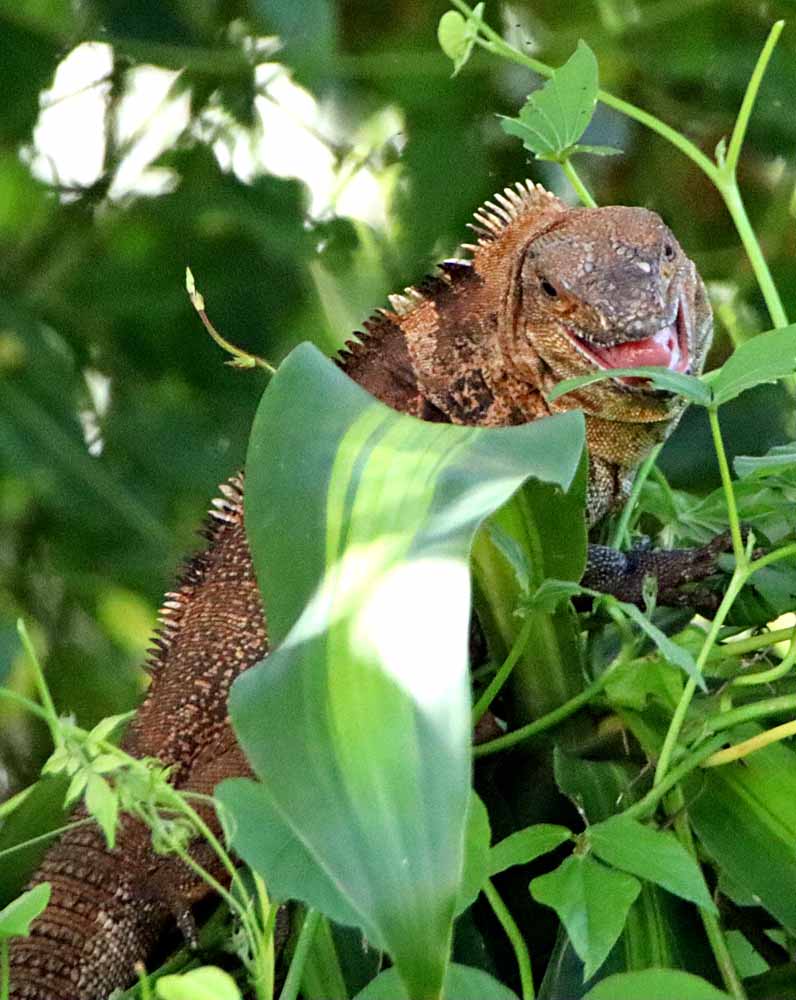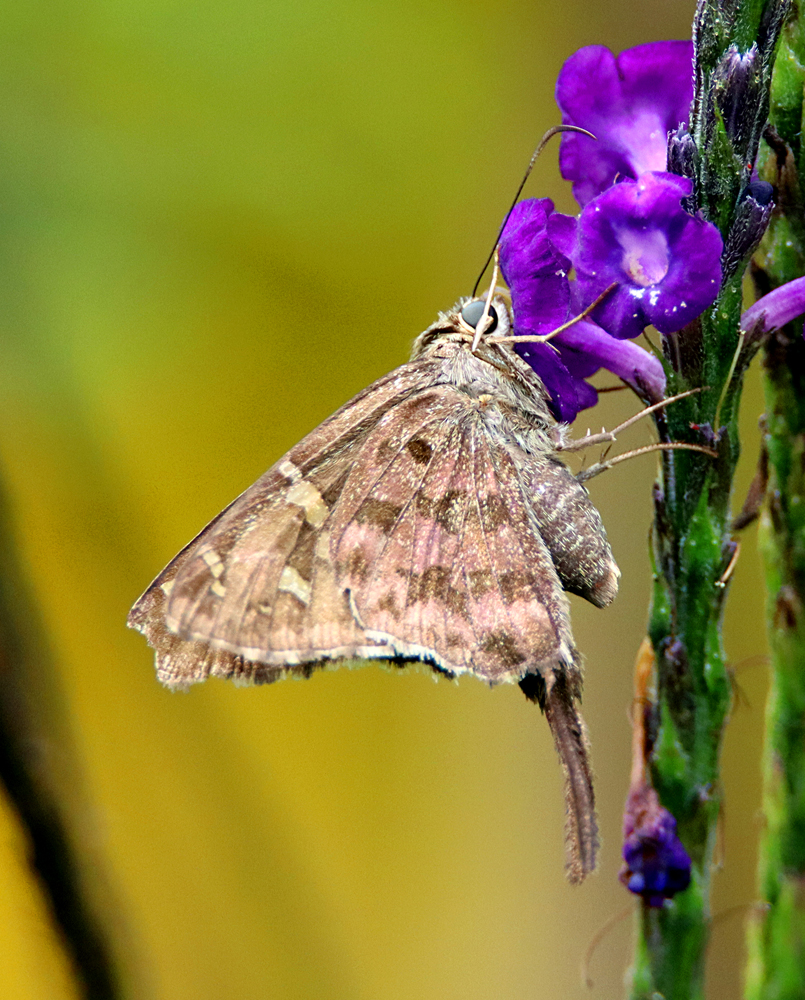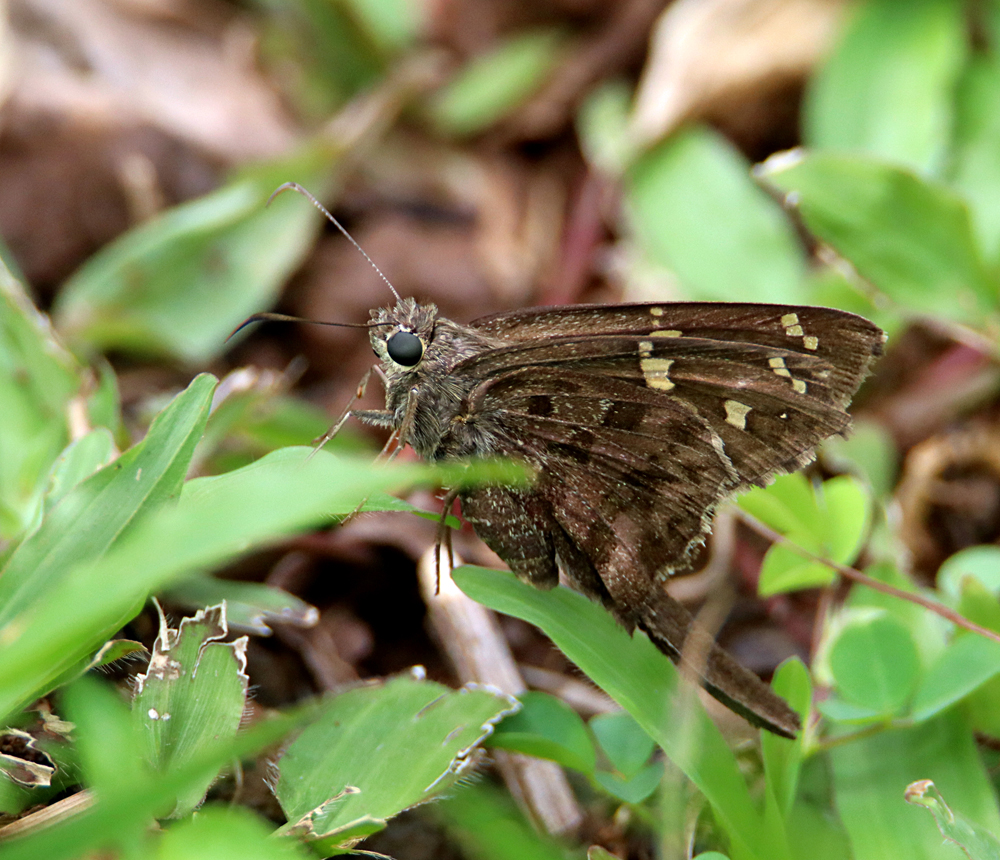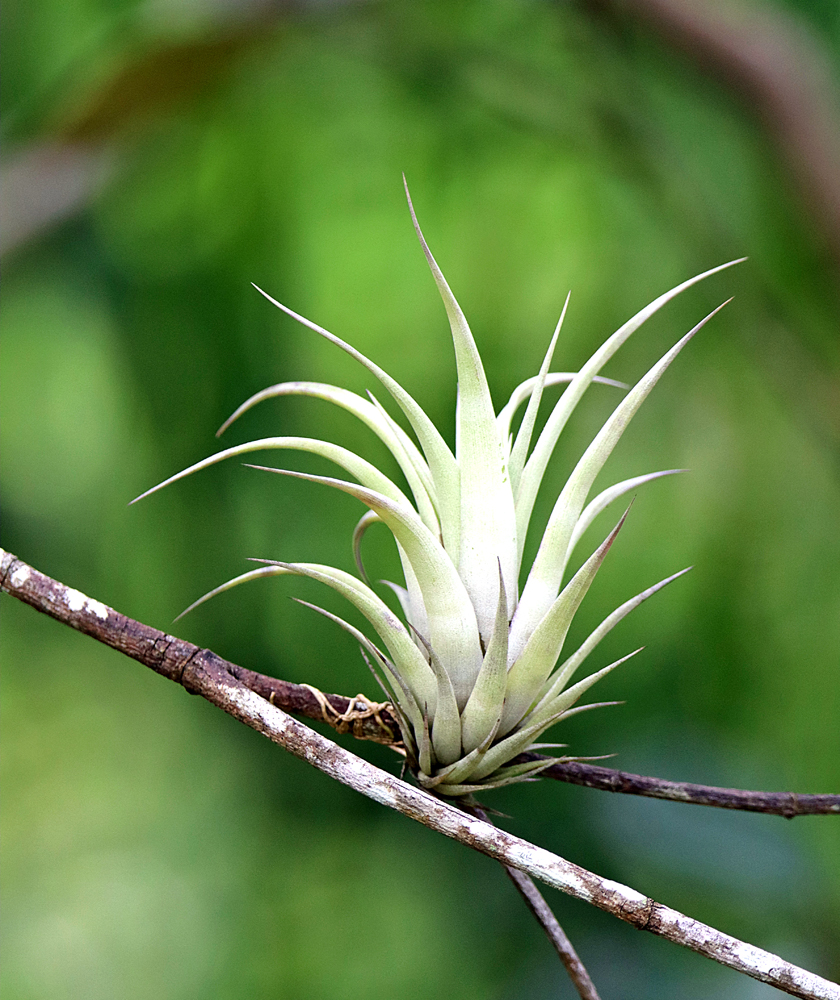Macaw Lodge is, like the nearby national park, a “Transitional Forest” near the coast and lowland rainforests, yet at a higher elevation but not quite high enough for a cloud forest, and though sometimes drier than a rainforest, definitely not a tropical dry forest like those in nearby Guanacaste, thus the indication of “Transitional Forest.” Yet they have a lot of water (mountain streams they route portions through lily ponds) which helps attract frogs and dragonflies. Here’s 10 dragonflies I photographed and though I’ve identified a few, not most, I will not identify any of the photos here until I’m sure of the identity, which continues to be difficult with over 300 species and a great similarity of many of the species! 🙂 One photo for the email version and then a gallery with all 10.
